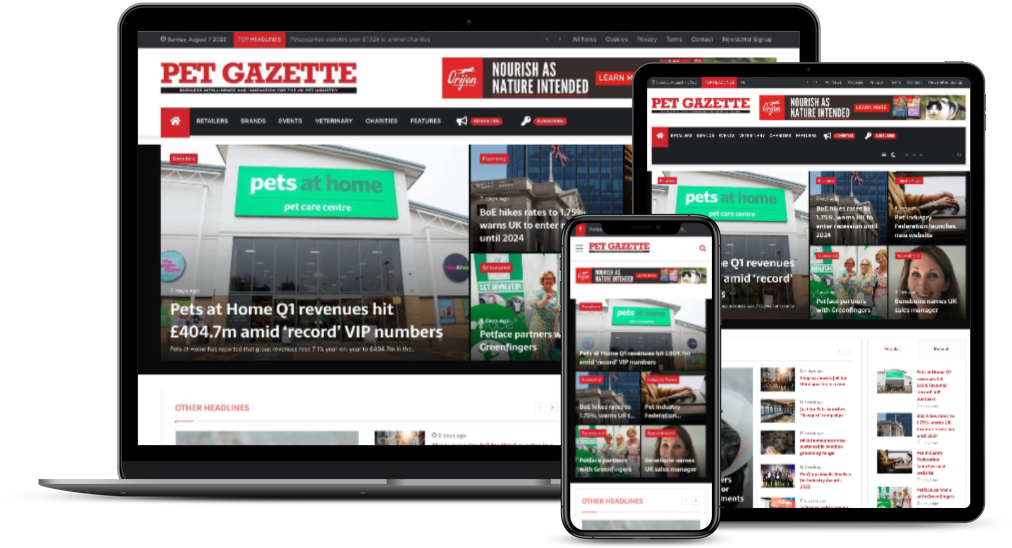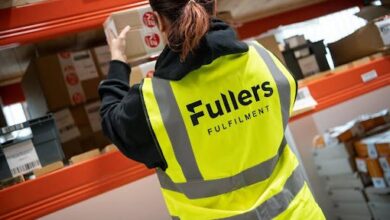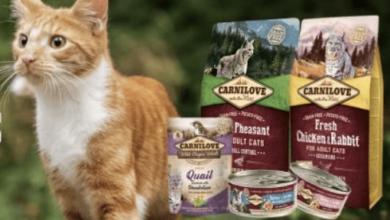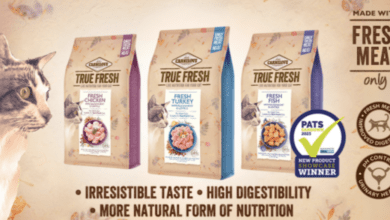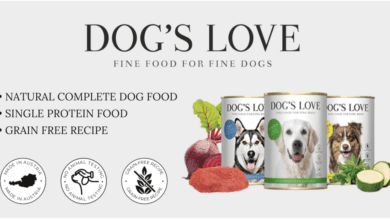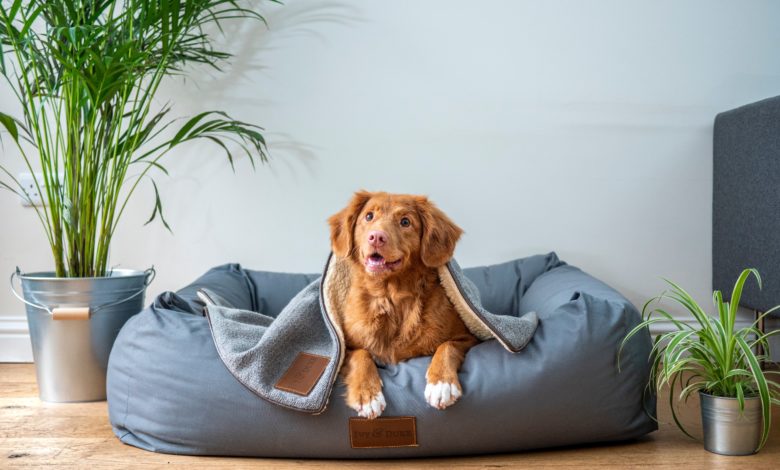
As we see the cost of living rise rampantly, just about everyone across the globe is feeling the squeeze. I’d argue that pet owners in particular are in the midst of a perfect storm. The pandemic-fuelled pet ownership boom has created a generation (in dog years) of people who simply weren’t prepared for the high emotions (and now even higher costs) of pet parenthood.
One major survey placed the average monthly expenditure per UK pupper for 2022 at up to £145 (although in reality this can run to far, far more). In the US, 71% of respondents had already noticed the impact of higher costs in January, before the cost of living crisis started to really bite. UK pet owners are now similarly concerned about their ability to properly care for their pets as expenses skyrocket.
As inundated as we are with vast amounts of data that show a boom-bust of unprecedented speed and scale, it’s difficult to get a clear picture of the state of the pet industry as a whole. From ownership trends to behavioural issues via Pet Tech , I’ve tried to make sense of how the market has been altered by the onset of COVID-19 and continuing economic uncertainty.
Ownership
One thing that is absolutely beyond doubt is that people (social animals that we are) looked to pets for solace and companionship during the pandemic. According to the American Pet Products Association, 70% of US homes (more than 90 million families) now have at least one pet. Unsurprisingly, the most popular companions are dogs, which feature in 69 million households. In more eye-opening news, 3.5 million US households own a horse!
The pandemic’s acceleration of pet ownership can be seen starkly in the UK, where an astonishing 3.2 million households had acquired a pet between the onset of COVID-19 and March 2021 (approximately a year). In 2022, unlike in the US, cats go pretty much paw-to-paw with dogs in terms of ownership rates overall, while it’s anyone’s guess what the owners of the 0.7 million pet pigeons were thinking.
Finally, 55% of those polled during an in-app survey on Woofz said they got a dog during the pandemic. While likely inflated due to the fact the app launched in 2020, it’s evident that pet ownership has risen markedly over the past two and a half years. Beyond vast amounts of extra vacuum cleaning, what has been the impact?
Spending
In 2021, total US pet industry expenditures hit $123.6 billion. That’s a massive rise of 19 percentage points from $103.6 billion in 2020. It seems fairly straightforward that more pets plus rising costs of staples equals more expenditure.
This isn’t the entire picture. The rising value of the pet industry is partly driven by what could be termed ‘optional’ (but are increasingly seen as vital) expenses such as pet insurance or dog training classes. With dog insurance costing up to £270 per year and training running at up to £180 per session, it’s easy to see how the cost of owning a pet can spiral. That’s why we also see the concept of Pet Tech continue to flourish, as owners look for more cost-effective ways to access otherwise expensive value add for their pets.
‘Spending’ isn’t limited to what people shell out on their pets, either. Reflecting consumer appetite for giving their loved ones the very best, the leading pet insurer, Many Pets, was able to raise a mind-boggling $350 million in venture capital funding in June 2021.
Behaviour
Let’s not forget about the most important thing in all this – the animals themselves. While many more have been adopted into loving homes during the pandemic than might otherwise, they too have been impacted by a uniquely housebound lifestyle.
Woofz data shows that 73% of users say that separation anxiety is the top problem they face, with their dogs whining and getting upset when their owners leave them home alone. This is exacerbated by professionals’ relatively recent return to the workplace and is accompanied by other behavioural issues (such as lack of socialisation with other animals and, very commonly, not knowing how to behave during walks).
It’s no surprise, then, that now more than ever training continues to be an area of increased spend. With an average cost per one-to-one session of £65 in the UK, this doesn’t come cheap. Again, Pet Tech offers one alternative, with dog training apps such as Woofz offering tailored advice and even direct access to expert trainers just a screen tap away, and at a fraction of the cost. For those that need to bootstrap the process, there are YouTube channels which, though less effective than more involved training options, offer some respite to their millions of subscribers.
The pet industry in 2022
Like many industries that experienced a pandemic boom (such as gaming, video and music streaming, and video conferencing), the pet industry is in an odd position in 2022 — where revenues are likely to fall, but where they will also remain considerably higher than before the pandemic.
For pet owners — particularly those who got their first pet in the pandemic — there’s difficult, expensive, and hopefully rewarding work ahead to support their animals in the face of increasing expenses. Much can be attributed to a cost of living squeeze, though it’s abundantly clear that expenses such as insurance and training are increasingly seen as staples, rather than luxuries. After all, you can give up your Netflix subscription, but you absolutely can’t give up on your pets.
—
About Natalia Shahmetova
Natalia Shahmetova is a CMO of Woofz, a Gismart Pet Tech brand. She has gone from branding copywriter to product CMO in just 10 years, working with global FMCG brands and successfully launching more than 10 mobile lifestyle, utilities and music apps from scratch. Natalia is an active supporter of the Growth Hacking approach, a dog lover and a trail runner.

